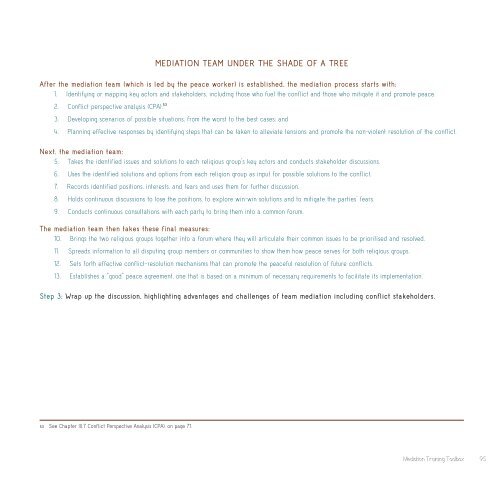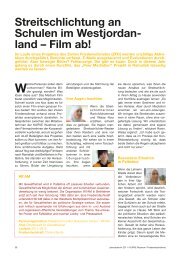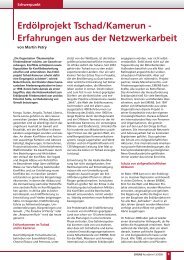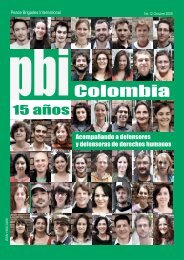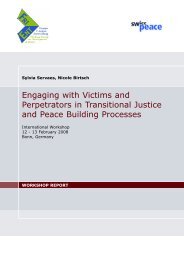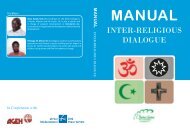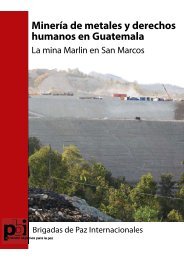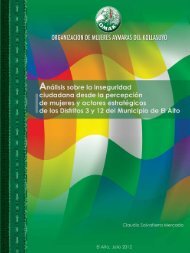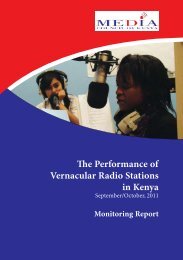Merging Ethiopian Wise-Counsel Mediation and Facilitative ...
Merging Ethiopian Wise-Counsel Mediation and Facilitative ...
Merging Ethiopian Wise-Counsel Mediation and Facilitative ...
- No tags were found...
You also want an ePaper? Increase the reach of your titles
YUMPU automatically turns print PDFs into web optimized ePapers that Google loves.
<strong>Mediation</strong> team under the shade of a treeAfter the mediation team (which is led by the peace worker) is established, the mediation process starts with:1. Identifying or mapping key actors <strong>and</strong> stakeholders, including those who fuel the conflict <strong>and</strong> those who mitigate it <strong>and</strong> promote peace.2. Conflict perspective analysis (CPA). 533. Developing scenarios of possible situations, from the worst to the best cases; <strong>and</strong>4. Planning effective responses by identifying steps that can be taken to alleviate tensions <strong>and</strong> promote the non-violent resolution of the conflict.Next, the mediation team:5. Takes the identified issues <strong>and</strong> solutions to each religious group's key actors <strong>and</strong> conducts stakeholder discussions.6. Uses the identified solutions <strong>and</strong> options from each religion group as input for possible solutions to the conflict.7. Records identified positions, interests, <strong>and</strong> fears <strong>and</strong> uses them for further discussion.8. Holds continuous discussions to lose the positions, to explore win-win solutions <strong>and</strong> to mitigate the parties' fears.9. Conducts continuous consultations with each party to bring them into a common forum.The mediation team then takes these final measures:10. Brings the two religious groups together into a forum where they will articulate their common issues to be prioritised <strong>and</strong> resolved.11. Spreads information to all disputing group members or communities to show them how peace serves for both religious groups.12. Sets forth effective conflict-resolution mechanisms that can promote the peaceful resolution of future conflicts.13. Establishes a "good" peace agreement, one that is based on a minimum of necessary requirements to facilitate its implementation.Step 3: Wrap up the discussion, highlighting advantages <strong>and</strong> challenges of team mediation including conflict stakeholders.53 See Chapter III.7 Conflict Perspective Analysis (CPA), on page 71.<strong>Mediation</strong> Training Toolbox95


